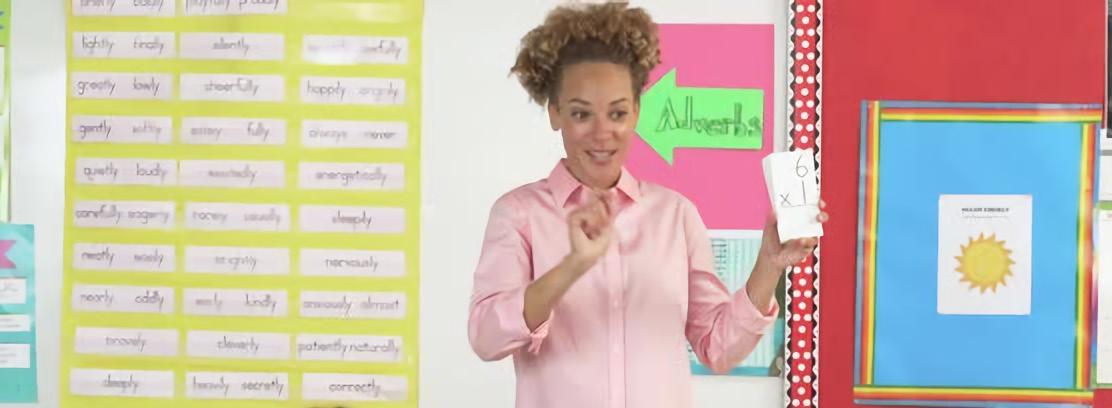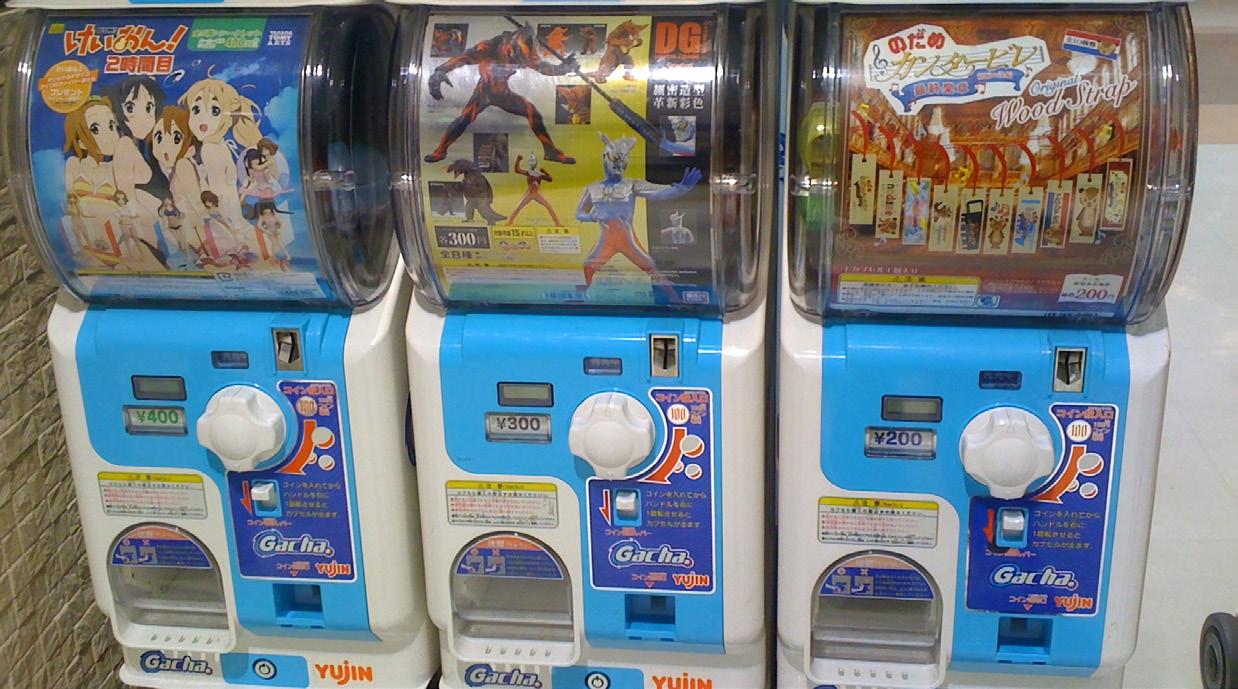
6 minute read
BANG DREAM: GIRLS BAND PARTY: A GACHA IDOL RHYTHM MOBILE GAME
BOGEUN CHOI - Writer, 4th Year, Applied Math and Data Science
"If anybody else plays this please talk to me."
Advertisement
Originally published on Oct 4, 2018
When I was young, I would have called myself a gamer. Probably not a true #gamer, but more along the lines of somebody who says video games are a hobby. Growing up as a kid I didn’t have very many friends. That’s what happens when you grow up in a graduate student housing complex (as I did while my mom was getting her PhD). So to spend my time, I did a lot of activities by myself. That includes watching TV, going outside building sand structures in the playground, and playing video games. I had all the consoles, that is if a Nintendo DS, PlayStation 2, and Wii counted as all of the consoles (it does for me). I had a huge collection of games, most of which are still in my house to this day gathering dust.
Nowadays, though, I don’t really consider myself to be a gamer. As I’ve started to get into other interests (AKA anime), my free time is used more for those newer interests over video games. That’s not to say I abandoned video games completely: I have a Switch and am looking forward to the new Smash Bros and Animal Crossing games. But even with that I’m still hesitant to say video games are a hobby in fear of getting into a conversation with people who truly spend all their time with their consoles and/or PC. Instead of playing console/PCbased video games, I’ve shifted more towards mobile games.
Now I know what you’re thinking: “so like Candy Crush or Clash of Clans?”. Hell no. Besides, this is an article in an anime club’s publication: obviously I’m gonna talk about something anime-related. And that’s exactly what I’m talking about when I say mobile games. Because there’s really only one genre of mobile game I play: gacha idol rhythm mobile games, which I’m abbreviating to GIRMG. That term is a lot to take in, so let’s break it down starting from the right and working left.

It’s lesson time boys and girls
First, “mobile game” -- simple enough, a game you play on your phone. Then rhythm: a fun word that has no vowels. Now rhythm mobile games are something I’ve been into long before I started watching anime, with Deemo and Cytus taking up gigabytes on my phone (worth). I also had experience with rhythm games before that, and even rhythm in general. Like any Asian growing up, I played piano and violin, so I had (still have) experience in playing instruments. Not to mention, whenever I visited my piano teacher, her daughter would have Guitar Hero in their basement. So when I was there for, say, a Thanksgiving dinner, I would go downstairs and play only one song. In short, rhythm’s been in me for quite a long time.
Moving on, we have “idol”. If you know me, you know I’m self-proclaimed “idol trash”. Anything involving idols I will honestly give a fair chance no matter how trashy it looks. That generally means anime, but that also includes mobile games. Most idol games aren’t necessarily rhythm games, but there are a few that are out there. These games usually share one common aspect, and it’s that they are “gacha” games.
Gacha games get their name from gachapon machines, the machines that give you capsules which contain a selection of items. Gacha is similar to loot boxes: both allow a player to pay virtual currency in exchange for a chance to spin for a random character/item. In other words, it’s virtual gambling. Since many of the idol rhythm games are free-to-play, the gacha aspect is the main way companies make money through players buying virtual currency with real money. Some games make it impossible to progress without paying, basically making their free-to-play status null. Luckily for most idol rhythm mobile games, it’s not necessary to “pay to play”, so to speak. Though paying does give an advantage of better chances to get better cards, it’s still possible to not pay a cent and have great cards because of ways to get virtual currency in-game. I would say just look at me for an example, but… let’s just leave it at that.

A gacha machine, the origin of the hell that is gacha
Now that you know what a GIRMG is exactly, it’s time for the exam. Please take out a pen and a paper.
Just kidding, it’s actually time for some examples, namely the one in the title of this article. BanG Dream: Girls Band Party is a GIRMG based around the BanG Dream (Bandori) franchise which similarly to the more popular Love Live, contains media such as music, live concerts, anime, manga, games, and so on. Bandori is a bit different from Love Live in that instead of full on idols, it’s rock bands. There are 5 bands each with their own styles. There’s Poppin’ Party (the standard girls rock band), Afterglow (my favorite, the more punk rock band), Roselia (the edgier rock band), Pastel*Palettes (the idol rock band -- yes I’m not kidding), and Hello, Happy World (the… marching band rock band? I have no idea to be honest).
Now the mobile game Girls Band Party (GBP) is personally how I got into Bandori. I’ve talked before in Konshuu about how I got into Love Live, and it’s honestly a similar story with Bandori -- by starting with the rhythm game. I was procrastinating (what else is new) and downloaded Bandori along with the iDOLM@STER rhythm game. At the time the English (EN) version of GBP wasn’t out, so I downloaded the Japanese (JP) version. A month later, the EN version of GBP comes out and we come to today, where I’m playing both the JP and EN versions.
One of the biggest reasons I stuck with Bandori over the other games was the cover songs. Unlike Love Live, Bandori has covers of some pretty famous anime songs. Examples include Guren no Yumiya (Attack on Titan OP), Hikaru Nara (Your Lie in April OP), Senbonzakura (Vocaloid song), and so on. When I started, I didn’t care at all about the original songs and only played cover songs. As I started to get into the game, that’s when I started playing the original songs and realized they were as good as (if not better) than the cover songs. Now they’re a part of my rotation of songs I listen to. In short, they got me.
Well, what actually got me was everything else involving the game besides the songs. The most noticeable thing is the graphics. GBP uses Live2D, which basically means 3D-animated models similar to what you see with virtual Youtubers. That means when you see the characters, they’re 3D and moving, which honestly looks pretty dang good.

Best girl
The card art is also very good -- one might say good enough to put some dinero into. Not me, though. Obviously.

Yes I have this card. Yes it’s beautiful.
Another great aspect of GBP are the stories, both main and event. The main band stories each cover one band and their origins (except Poppin’ Party, whose story was covered in the anime). It’s nice to read about how they started and get a sense of the characters from that. The event stories also develop characters pretty well: there were cases where I changed my opinion of a character after reading an event story.
So yeah, play BanG Dream: Girls Band Party if you haven’t: it’s a fun gacha idol rhythm mobile game in all aspects.



